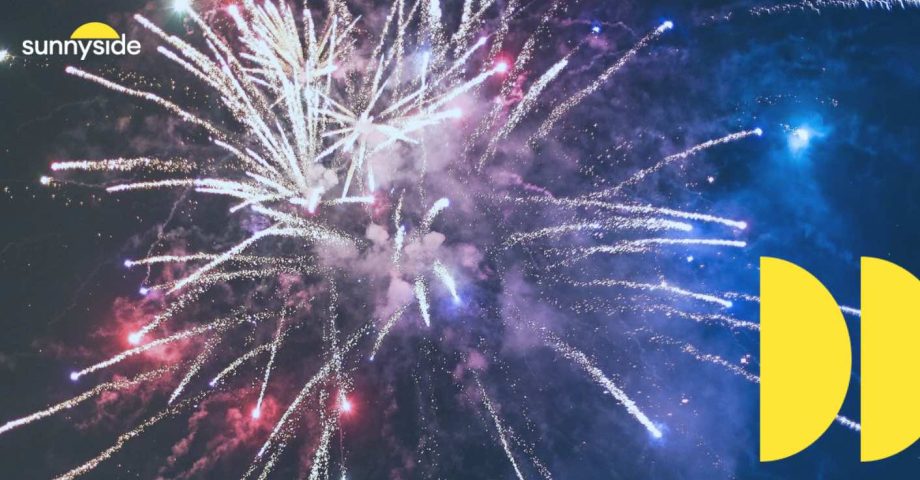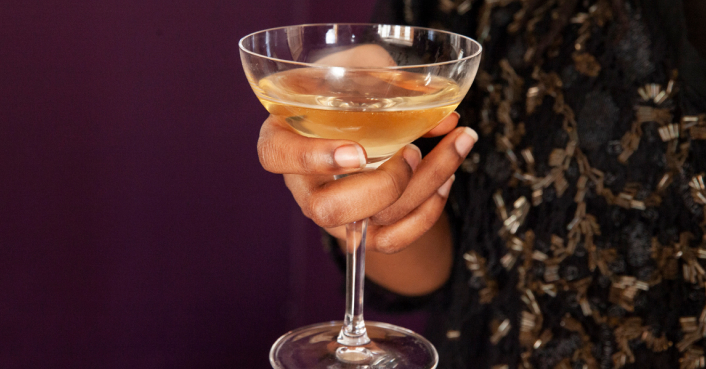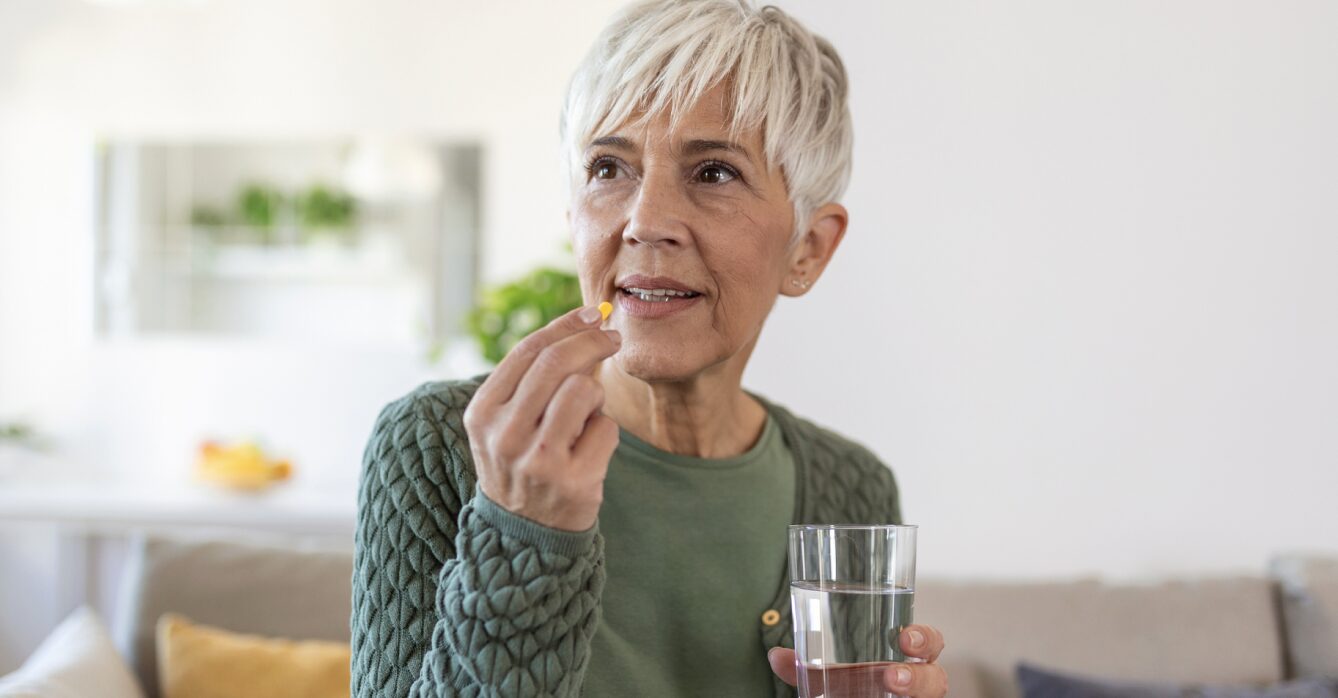Last Updated on June 28, 2023
Similar to many other events and celebrations, the Fourth of July is often tied to drinking. In fact, it’s one of the top drinking holidays in the country, with more than a billion dollars spent on wine and beer for this single occasion. But you might be looking to do things differently this year.
Some people might be committed to going sober throughout the month. And for others, cutting back on their alcohol intake is the more realistic goal. If you’re keen on the latter, mindful drinking could be the solution to effectively reduce and control your alcohol consumption while you’re out celebrating and having fun.
Mindful drinking is the practice of being conscious of how much you drink, as well as the reasons behind your drinking. Instead of going with the crowd, it encourages you to be self-aware and reflect on whether you really need another drink to enjoy the present moment.
If you’re looking to drink more mindfully throughout July, here are some tips to help you out.
Take the Dry(ish) July ChallengeTip #1: Track your alcohol consumption.
When you’re having fun, you may quickly lose track of how much alcohol you’ve had. Add music, dancing, and laughter into the mix, and you run a great risk of having more booze than you’d initially planned.
Because of this, it helps to be intentional when keeping tabs on how much alcohol you’re drinking. Have a note-taking or alcohol-tracking app ready to go on your phone, and make a note in the app each time you get a new drink.
A drink-tracking app like Sunnyside will simplify this process, aside from sending prompts to remind you to log your alcohol consumption.
Tip #2: Give yourself predetermined drinking limits.
Before any event or party, give yourself enough time to reflect on what your drinking limits are. Here are a few things to consider:
- What’s my drinking limit? What’s my limit for a single sitting? The Centers for Disease Control and Prevention (CDC) notes that binge drinking typically corresponds to having five or more drinks on one occasion for men and four or more drinks on one occasion for women [1]. In general, it’s best to drink less than this amount to reduce your risk of negative repercussions.
- What’s my cut-off time for drinking? Alcohol can reduce the quality and duration of your sleep, so it’s safest to stop drinking at least four hours before bedtime [2].
- Which days of the week/month am I allowed to drink? Take the time to contemplate if your drinking limits only apply to Independence Day parties or if you’d like to carry them over to the entire month.
Tip #3: Try more mindful Fourth of July cocktails.
If you’re heading to a bar or restaurant, you may request a lower-alcohol version of what you intend to drink. Alternatively, you can create your own low-alcohol or alcohol-free cocktails if you’re hosting a gathering. Creating a more mindful cocktail could be as simple as swapping out regular spirits or wines for brands with a lower ABV.
Because sobriety and sober curiosity have become popular, you’d find many different brands offering alcohol-free or low-alcohol versions of various wines and hard liquors that you can use to craft these cocktails.
Tip #4: Take a mindful-drinker friend with you to events.
Find a friend who’s also hoping to cut back on their alcohol intake. This is a great way to avoid or minimize the pressure and temptation to drink. You can also inform your friend of your drinking limit for the night, so they can help keep you accountable.
Create your free drinking planTip #5: Have an exit strategy.
The longer you stay at an event, the harder it is to fight the temptation to drink more than you’d like. Before heading out for the day (or night), ensure that you have an exit strategy planned out. If you’re going with friends, you can prepare a few reasons in advance. For instance, you’d have to wake up early the next morning.
And if you’re leaving the party early, have a plan set to get home—whether that’s having a family member or friend pick you up or using a ride-share service to get back.
Tip #6: Fill your stomach up before heading out.
Post-celebration hangovers are no fun. One simple tip to reduce (but not eliminate) your risk of experiencing a hangover the next day is to have a meal before drinking.
Science has found that having a full meal before drinking alcohol can help to reduce the speed and amount of alcohol absorbed into the bloodstream. In fact, some research discovered that a 700-calorie meal could reduce the bioavailability of alcohol (the rate and extent at which alcohol enters the bloodstream) by around 50% [3].
Thus, filling your tummy up before having your favorite tipples might help reduce the short-term effects of drinking. But, of course, having a meal beforehand still isn’t a free ticket to overindulging.
Tip #7: Alternate alcohol with non-alcoholic beverages.
The general rule of thumb is to limit yourself to one drink per hour. That’s because the liver metabolizes alcohol at a standard rate, and going over this limit could lead to a buildup of alcohol in the bloodstream, increasing your risk of side effects from drinking [4].
Other than setting up a timer or notification on your device that goes off every hour, you can also pace yourself by alternating between non-alcoholic beverages and alcoholic drinks.
Using this trick slows down your drinking and reduces your overall intake of alcohol, not to mention that it helps you stay well-hydrated throughout the event. Alcohol is a diuretic that increases urine output. And amidst the dancing, celebration, or just being out and about, increasing your water intake becomes all the more important [5].
Take the 3-min QuizTip #8: Organize your own alcohol-free Fourth of July events.
Not all celebrations, parties, and events have to have alcohol at the forefront. Go on a mocktail picnic, plan a hike with friends, or organize a movie marathon to celebrate. You can even host your own BBQ or pool party, set up some lawn games, and get some non-alcoholic drinks (yes, non-alcoholic beer exists!) ready for the event.
Tip #9: Find a mindful-drinking community that can support you.
Being in a community of people with the same goals can make your mindful drinking journey less lonely.
The right community isn’t necessarily a physical one. Many online communities create a safe and non-judgmental space for people to share their concerns, setbacks, and victories throughout their mindful drinking journey. This is also a great place to seek advice and practical tips from people who have walked in your shoes and sustainably improved their relationship with alcohol.
Having a community to support and keep you accountable is helpful if you’re looking to create healthier drinking habits that last in the long run.
Tip #10: Get yourself an accountability partner.
Find someone supportive of your goals to cut back on alcohol. This might be a family member, friend, or even someone you’ve met from a like-minded community.
Share your predetermined drinking limits with them, and let them know how often you’d like them to check in during the month. They can also help with providing support, advice, and encouragement whenever you’re tempted to drink more than you should.
Take a 30-day challengeLooking to Drink Less in July? Try the Sunnyside 30-Day Mindful Drinking Challenge.
If you wish to improve your relationship with alcohol but aren’t ready to give it up, here’s some good news; you don’t have to stop drinking to see big results.
The Sunnyside 30-day alcohol reset challenge allows you to pick from a list of challenges to find one that suits you best—whether that’s giving up alcohol or simply cutting back for 30 days. This personalized challenge will help you to build sustainable and healthier drinking habits without the pressure to quit. You’ll also be supported with in-depth resources, community access, and a free coaching session to help you achieve your goals.
Sign up for Sunnyside’s 30-day mindful drinking challenge today!
References
[1] Centers for Disease Control and Prevention. (2019). CDC – Frequently Asked Questions – Alcohol. Centers for Disease Control and Prevention; CDC. https://www.cdc.gov/alcohol/faqs.htm
[2] Park, S. Y., Oh, M. K., Lee, B. S., Kim, H. G., Lee, W. J., Lee, J. H., Lim, J. T., & Kim, J. Y. (2015). The Effects of Alcohol on Quality of Sleep. Korean journal of family medicine, 36(6), 294–299. https://doi.org/10.4082/kjfm.2015.36.6.294
[3] Fisher, J. M., Wolever, T. M. S., Campbell, J. E., Ezatagha, A., Noronha, J. C., & Jenkins, A. L. (2020). Effect of a Snack Bar Optimized to Reduce Alcohol Bioavailability: A Randomized Controlled Clinical Trial in Healthy Individuals. Journal of medicinal food, 23(4), 432–439. https://doi.org/10.1089/jmf.2019.0228
[4] Alcohol Facts | Alcoholic Beverage Control. (n.d.). https://www.abc.ca.gov/education/licensee-education/alcohol-facts/
[5] Polhuis, K. C. M. M., Wijnen, A. H. C., Sierksma, A., Calame, W., & Tieland, M. (2017). The Diuretic Action of Weak and Strong Alcoholic Beverages in Elderly Men: A Randomized Diet-Controlled Crossover Trial. Nutrients, 9(7), 660. https://doi.org/10.3390/nu9070660




